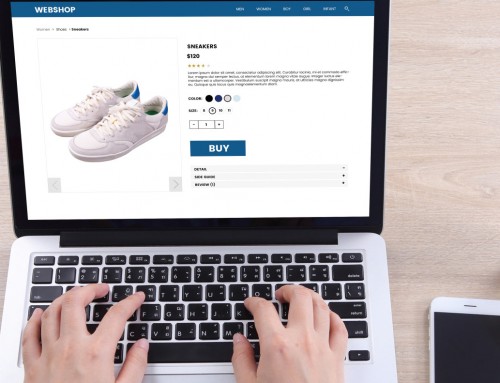Cheap and/or high-quality products are no longer enough to create lifelong customers. More and more people are researching and making purchasing decisions based on the ethics of businesses.
Consumers are more critical of exploited workers, the use of animal products, and harmful environmental impacts. Passionate about doing your part, but unsure how to smartly and ethically shop for fashion? You’re in luck.
Keep reading for a helpful five-step guide to get started (and to enjoy) your ethical shopping journey!
1. Only Buy What You Need
Sounds obvious, but this is where you need to start. Consumer culture pressures us to buy buy buy and determine our value based on how much we have.
It’s time to change your mindset!
Often when we buy items, especially clothes, they go to waste. We don’t actually need another sweater or pair of heels so they sit in our closet until we get rid of them.
Furthermore, when you do need to purchase something, consider buying secondhand first. This not only saves you money but cuts down on the production of new clothing.
2. Research Every Brand
If only buying from ethical brands truly is your passion, you must put in the work. This means researching brands to discover more about their sourcing and manufacturing processes.
Search for established, reputable bloggers who only promote ethical fashion brands.
Struggling to find information? Consider reaching out to brands directly. Most will happily answer your questions. If not, they may not be the best choice to begin with.
3. Look for Certifications: Key for Ethical Shopping
Diving into extensive business research can be overwhelming. A good clear-cut place to start is with certifications.
OEKO-TEX offers different levels of certifications including one for chemical free products and one for if textiles were created in a responsible way.
Fair Trade certifications indicate workers receive at least minimum wage and are working in safe environments.
4. Choose Natural Materials
Certain fabrics are created more ethically than others. Try to stick to materials that are as natural as possible. This means free of pesticides and synthetic colors.
Specific fibers that are good to go with include silk, hemp, wool, and linen. All of these have a low-impact on the environment and are all natural.
There are some vegetable tanned leather options on the market too.
Polyester is a fiber you should try to avoid, it’s basically plastic. However, this is hard if you are shopping for bathing suits. One option is to look for polyester that comes from recycled items.
5. Check How Brands Pay Artisans
Who is making items from your favorite brand? Look for brands who openly share their entire production police. See if they share stories of men and women who make their products.
Some brands may also offer factory tours or publish reports on company pay and benefits.
Look Stylish While Being Ethical
We hope you see how with just a few easy steps, you can become a pro at ethical shopping.
Taking a few easy steps like researching and making more conscious purchasing decisions it all it takes.
Ready to test out your skills? Check out this guide for picking some amazing winter outfits!











